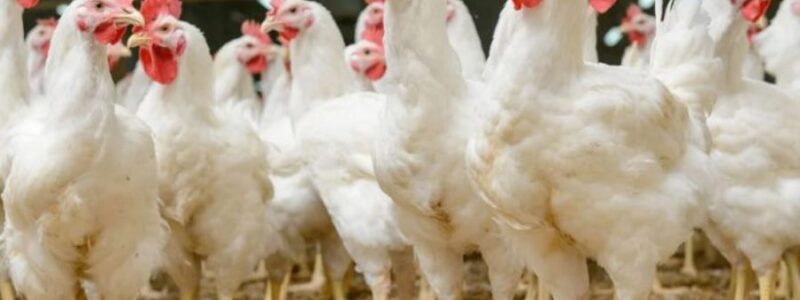
Avesterra Group intends to increase its poultry population to 10 million, build a feed mill, and expand its land bank to 25,000 hectares, co-owner Dmitry Dobkin said in an interview with Liga.net.
“We will build poultry farms. We currently have capacity for 4.1 million birds. We need to develop this to 10 million birds per batch. In turn, this pace of development requires the modernization of the existing feed mill or the construction of a new one. This is because the existing one will definitely not be able to cope with the new production capacity,” he said.
Dobkin said that the group had accumulated a land bank of 3,000 hectares for the construction of a modern poultry processing plant in the Volyn region. However, in order to be independent from external cataclysms and to provide the poultry farm with feed, there are plans to expand the land bank to 25,000 hectares of fields.
He said that another way to minimize production risks is to create their own incubation facility, including the formation of a parent flock.
“Then the entire chain from egg to finished meat will be ours,” Dobkin emphasized.
Avesterra Group was established in January 2025. It includes Volodymyr-Volynskyi Poultry Farm and Lutsk Agrarian Company, which produce 53,000 tons of broiler meat per year. Annual revenue is about UAH 4 billion. Of the 5,000 tons of total production, 700 tons are sold under the Epicur brand, and the rest under the Chebaturochka brand.
In June 2025, the group launched a processing plant, in which it invested EUR 60 million. It is located in Volyn, covers 30,000 square meters, and has new treatment facilities.
The business is owned in equal shares by the Dobkin family.
Volodymyr-Volynskyi Poultry Farm accounts for about 5% of the Ukrainian chicken market. It has seven branches: Kharkiv, Kyiv, Odesa, Dnipro, Vinnytsia, Lviv, and Volodymyr. The factory’s infrastructure consists of 100 poultry houses, a slaughterhouse, and a feed mill. The company also has its own land fund of 3,000 hectares, where it grows cereals and legumes for the production of compound feed, as well as industrial crops. The factory employs over 1,500 people.